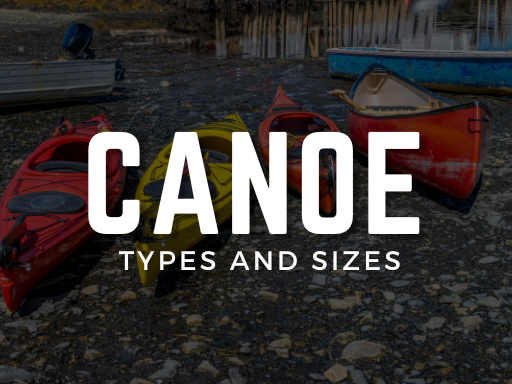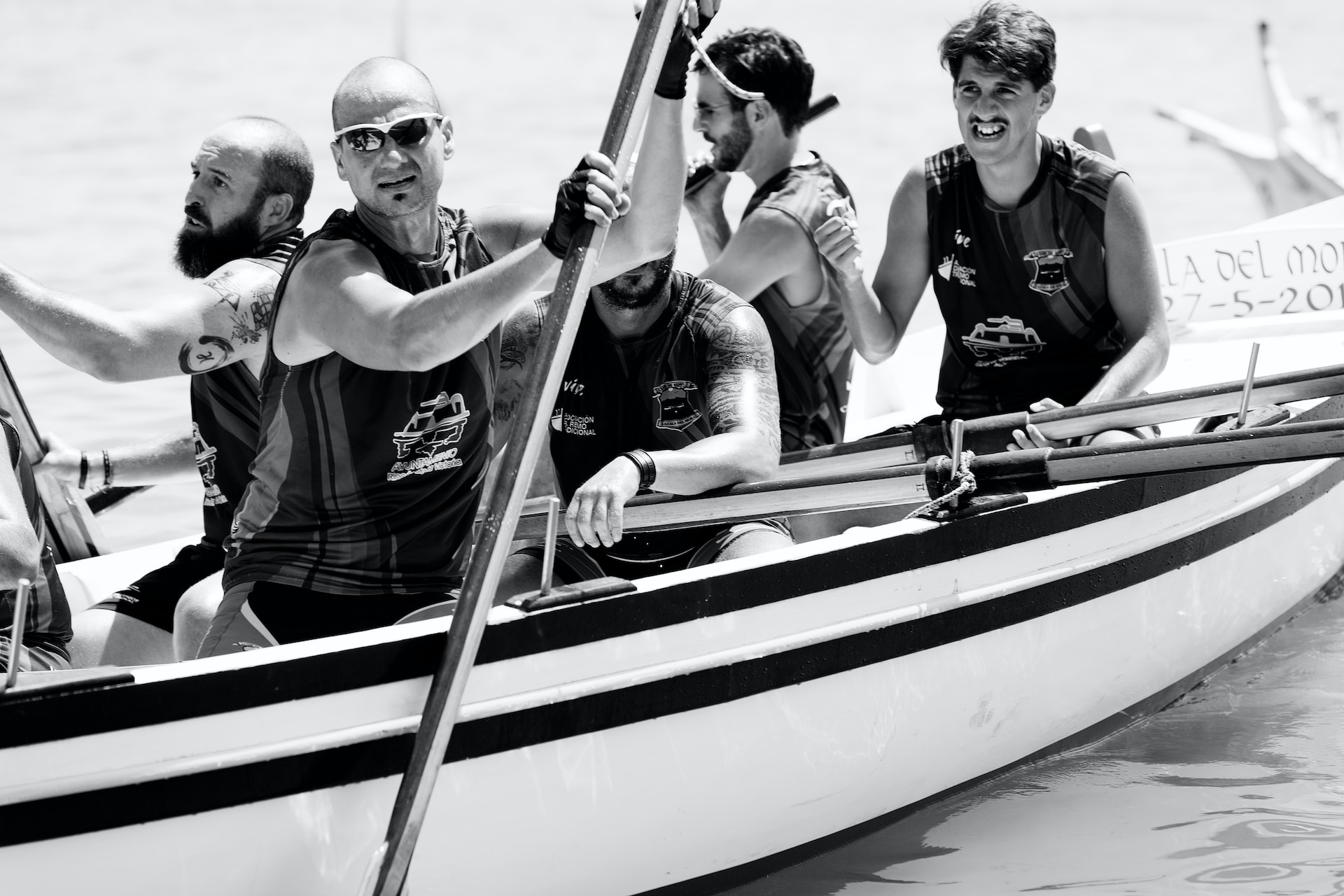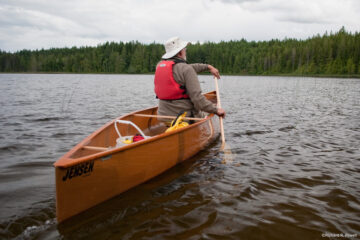Generally, most canoes can safely hold two or three people. But, some larger models can fit four. It’s not just about the number of people. Weight and distribution matter too.
Overloading a canoe makes it unstable. This can lead to tipping and accidents.
For a safe trip, it’s crucial to know your canoe’s limits. Knowing this ensures everyone enjoys their time on the water without risk. In this concise guide, we’ll break down the factors that influence canoe capacity. Join Us.

Knowing Canoe Types and Sizes
Canoeing offers a unique way to explore waterways. But, choosing the right canoe is crucial. Canoe types and sizes vary. They affect how many people can fit and how the canoe handles in the water. Let’s dive into the different types and sizes of canoes.
Different Types of Canoes
Solo Canoes
Solo canoes are for one person. They are typically shorter and narrower. This makes them easy to handle and maneuver. They are perfect for solo adventures and offer great control. But, they have limited space and capacity.
Tandem Canoes
Tandem canoes are built for two people. They are longer and wider than solo canoes. This provides more stability and space. They are ideal for pairs, offering a balanced experience. Tandem canoes are popular for their versatility.
Family or Group Canoes
These canoes are larger. They can fit more than two people. Some can hold up to four adults or two adults and several children. They are great for family trips. But, they require more skill to steer and control.
Factors Influencing Canoe Capacity
Canoe capacity depends on several factors. These include the canoe’s size, design, materials, and water conditions. Understanding these factors helps in choosing the right canoe and ensuring safety.
Canoe Length and Width
The length and width of a canoe greatly affect its capacity. Longer canoes can carry more weight and offer more space. They are stable in straight paths. Wider canoes are more stable in rough waters. They are good for beginners. However, they may be slower.
Canoe Design and Build Material
Canoe design impacts its performance and capacity. Flat-bottom canoes are stable but slow. Rounded bottoms are fast but less stable. The material also matters. Aluminum canoes are durable and low-cost. Fiberglass canoes are light but need more care. Plastic canoes are tough and affordable.
Water Conditions and Safety Considerations
Water conditions affect canoe capacity. In calm waters, canoes can carry more. In rough waters, it’s safer to load less. Safety is key. Always check the manufacturer’s weight limit. Overloading can lead to accidents. Wear life jackets. Know your skills and the water conditions before setting out.
Legal and Safety Limitations on Canoe Capacity
Here are the key points regarding legal and safety limitations on canoe capacity:
- Manufacturer Guidelines: Follow the manufacturer’s recommendations for the maximum number of passengers.
- Weight Limits: Consider weight limits to maintain stability.
- Life Jackets: Ensure life jackets for everyone on board, as required by law.
- Local Regulations: Know and comply with local regulations.
- Balance: Distribute weight evenly for stability.
- Weather Conditions: Be cautious in adverse weather conditions.
- Skill Level: Paddler skill level matters.
- Children and Pets: Keep in mind that children and pets also count towards the canoe’s capacity. Ensure their safety with appropriate gear and seating.
- Emergency Preparedness: Have a plan in case of emergencies. Know how to respond to capsizing or accidents and ensure everyone on board is aware of safety procedures.
Practical Tips for Safe Canoeing with Multiple People
Canoeing with friends or family is a great way to enjoy nature. But safety is key. Here are some important points about canoe capacity and legal limits.
- Know the Capacity: Every canoe has a maximum weight limit. This includes people and gear. Overloading can cause tipping.
- Check the Label: Canoes usually have a label with capacity details. Follow these guidelines.
- Balance is Crucial: Distribute weight evenly. This helps prevent the canoe from tipping.
- Consider Water Conditions: In rough waters, it’s safer to carry less than the maximum capacity.
- Legal Limits: Some areas have laws about canoe capacity. Check local regulations.
- Size Matters: Larger canoes can carry more weight. But they need more skill to handle.
- Children Count: Even small children add to the total weight. Count everyone on board.
- Gear Adds Up: Don’t forget the weight of your gear. It counts towards the total.
- Training Helps: Learn how to handle a fully loaded canoe. It’s different from a lightly loaded one.
- Emergency Plans: Always have a safety plan. Know what to do if the canoe tips.
FAQs
Are There Weight Limits in Addition to the Passenger Limits for Canoes?
Yes, canoes have weight limits. This includes passengers and gear. It’s not just about the number of people. The total weight matters. Staying within this limit is key for safe canoeing.
Are There Any Age Restrictions for Passengers in a Canoe?
There are no strict age limits for canoe passengers. But, young children need adult supervision. Safety gear, like life jackets, is a must for all ages. Always consider the ability and safety of all passengers.
Can You Comfortably Fit Camping Gear Along with Passengers in a Canoe?
Yes, you can fit camping gear and passengers in a canoe. But, balance the load. Keep the weight limit in mind. Pack light and smart. This way, you can enjoy a safe and comfortable trip.
Summary
Canoeing is a versatile and enjoyable activity, suitable for solo adventurers, pairs, or groups. Understanding your canoe’s capacity, balancing weight, and adhering to safety guidelines are crucial.
Whether you’re navigating calm waters or planning a camping trip, always prioritize safety, follow legal limits, and respect the canoe’s design and capacity for a memorable and secure experience.





[…] safety and comfort in the front seat of a canoe is crucial for an enjoyable experience. Here are key points to […]
[…] Customizing Your Canoe: Think about what you’ll use your canoe for. If you want to carry lots of things or go with friends, make it bigger. For fast and easy paddling, keep it slim and long. You can also change the top part, called the deck, to suit your style. Wondering about the canoe’s capacity? Learn more about How Many People Can Fit in a Canoe. […]